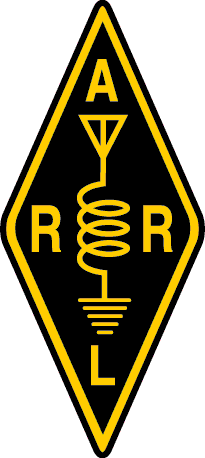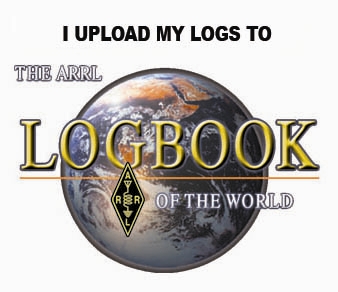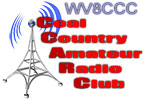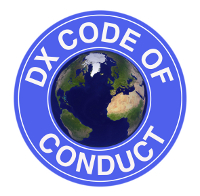Antenna Lengths
From personal experience, I usually allow for an additional 1′ (12″) on each leg for terminating the ends/attaching insulators. I usually attach the insulators before pruning and before soldering the connection. I’ll take SWR readings with the antenna at height, adjust/prune and then when the SWR is manageable, prune and solder.
** NOTE: When building an antenna, the reflection given from objects near the antenna and the distance from the ground plays an integral part in the antenna design, especially when observing SWR. An antenna being analyzed for SWR at ground level or near ground level will display erroneous readings. Pruning of di-pole legs should be done after the SWR is observed at height above ground and away from any objects that may reflect transmissions.
* NOTE: The vertical antenna requires some type of ground plane. Without highly conductive soil, the typical ground plane is accomplished by a fabricated length of wire, buried or laid on the ground. The length of the counterpoise is equal to one half the length of the vertical antenna, connected to the ground element of the antenna and doubled in the opposite direction. See the illustration below depicting a top-down view of a vertical antenna with the counterpoise spread around the vertical element 360°. A half-counterpoise may be used and can be tuned, this creates directional behavior to the vertical antenna in the direction of the counterpoise/ground plane.
Here is a spreadsheet I developed to help with these equations and their derivatives/conversions. If you want to add a frequency to the sheet, just copy one of the rows and paste it below the other included rows. Change the frequency and band cells, the rest should auto generate.
Here’s the sheet.






